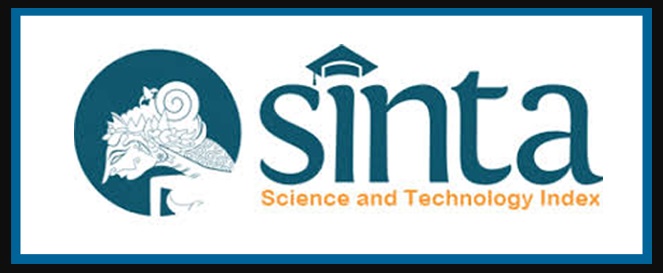Differences in Onomatopoeia Used by Japanese Men and Women in Social Media Twitter
DOI:
https://doi.org/10.23887/jpbj.v10i2.70054Keywords:
twitter, japanese, men, womenAbstract
Japanese onomatopoeia, often referred to as giongo and gitaigo, is a word used to describe a sound or situation where the meaning of the word is derived from it's sounds or what it describes. While there have been many studies on Japanese onomatopoeia, there have not been many studies on the comparison of differences in usage. This study looked at the onomatopoeia used on Twitter by Japanese men and women in their 20s and 30s, and there were three main points that emerged from the study. First, compared to the same number of people posting at a single point in time, women were more likely than men to use onomatopoeia on Twitter. Secondly, for both men and women, the most commonly used onomatopoeia is めちゃめちゃ(mechamecha). Women use どきどき(dokidoki) more, while men use わくわく(wakuwaku) more. In addition, there was a significant difference in the use of わくわく(wakuwaku) between men and women. Finally, the most commonly used part of speech for onomatopoeia on Twitter was 副詞(fukushi/adverb), both for men and for women. While there are differences in how men and women use onomatopoeia, there are also some similarities.
References
K. Mikami, “日本語教育のための基本オノマトペの選定とその教材化(Selection of Basic Onomatopoeia for Japanese Language Education and its Teaching Materials),” 日本語教育研究 (Japanese Language Education Research)., pp. 49–63, 2007.
M. Nakazato, “オノマトペに見る漢語の影響: 和語系オノマトペと漢語系オノマトペの関わり (The Influence of Chinese Words on Onomatopoeia: Relationship between Japanese and Chinese Onomatopoeia),” 上越教育大学研究紀要 (Research Records of Joetsu University of Education)., vol. 25, no. 2, pp. 341–352, 2006.
M. Ono, “日本語オノマトペ辞典:擬音語・擬態語4,500 (Japanese Onomatopoeia Dictionary: Onomatopoeia and Mimetic Words 4,500),” Tokyo, Japan: Shogakukan, 2007.
R, Murase, and Y, Terama, “身体表現活動におけるオノマトペが幼児に想起させるイメージと動き:オノマトペの性質・意味内容に着目した実験から (Images and Movements Recalled by Young Children through Onomatopoeia in Physical Expression Activities: Experiments Focusing on the Nature and Semantic Content of Onomatopoeia),” 体育学研究 (Physical Education Research)., vol. 65, pp. 35–52, 2020.
R. P. Arista, “PENGGUNAAN ONOMATOPE DALAM MEDIA SOSIAL TWITTER (Studi Kasus Artis Jepang) (Onomatopoeia Usage in Social Media Twitter (Japanese Artist Case Study)),” Thesis. Program Studi Sastra Jepang, Universitas Brawijaya (Japanese Literature Study Program, Brawijaya University)., 2015.
S. Hirata, “日常会話におけるオノマトペ使用に関する調査 (Survey on the Use of Onomatopoeia in Daily Conversation),”日本心理学会大会発表論文集 (Proceedings of the Conference of the Japanese Psychological Association)., 2012.
S. Hirata, D. Sawai, K. Fujii, and S. Kita, “Twitterを用いたオノマトペ記述データの収集システム (Onomatopoeia Description Data Collection System Using Twitter),”人工知能学会全国大会 (National Conference of the Society for Artificial Intelligence)., pp. 1–3, 2011.
Twitter日本フォロワー数総合ランキング 1-50位 (Twitter Japan Followers Overall Ranking 1-50), Meyou. [Online]. Available: https://meyou.jp/ranking/follower_talent
Y. He, “男性・女性ファッション誌に見るオノマトペの使用上の差異 (Differences in the Use of Onomatopoeia in Men's and Women's Fashion Magazines),”一橋日本語教育研究 (Hitotsubashi Japanese Language Education Research)., vol. 5, pp. 1–10, 2017.
令和2年度情報通信メディアの利用時間と情報行動に関する調査報告書 (2020 Survey Report on Information and Communication Media Usage Time and Information Behavior), Ministry of Internal Affairs and Communications, Aug, 2021. [Online]. Available: https://www.soumu.go.jp/main_content/000765258.pdf
Downloads
Published
Issue
Section
License
Copyright (c) 2024 Jurnal Pendidikan Bahasa Jepang Undiksha

This work is licensed under a Creative Commons Attribution-ShareAlike 4.0 International License.



